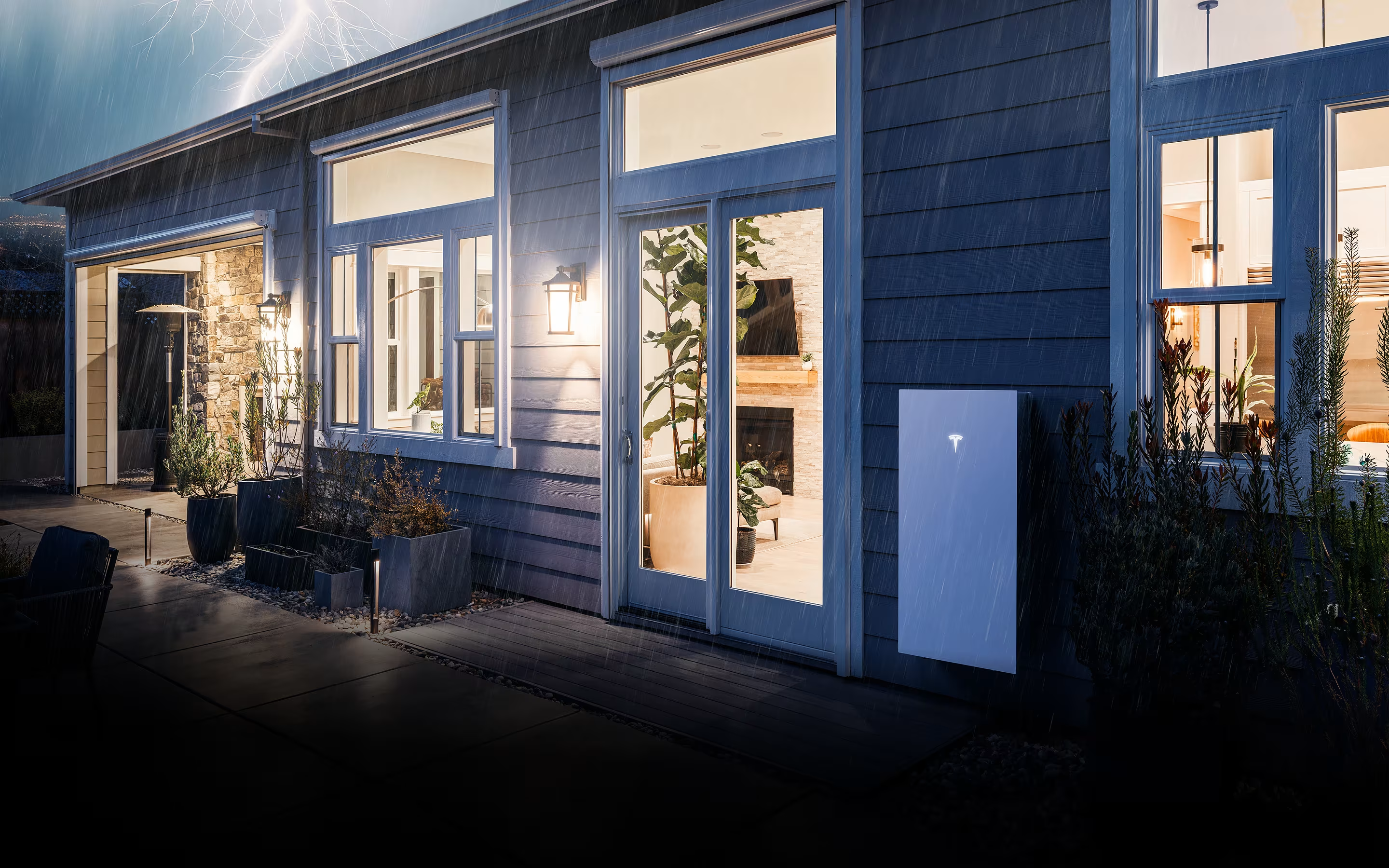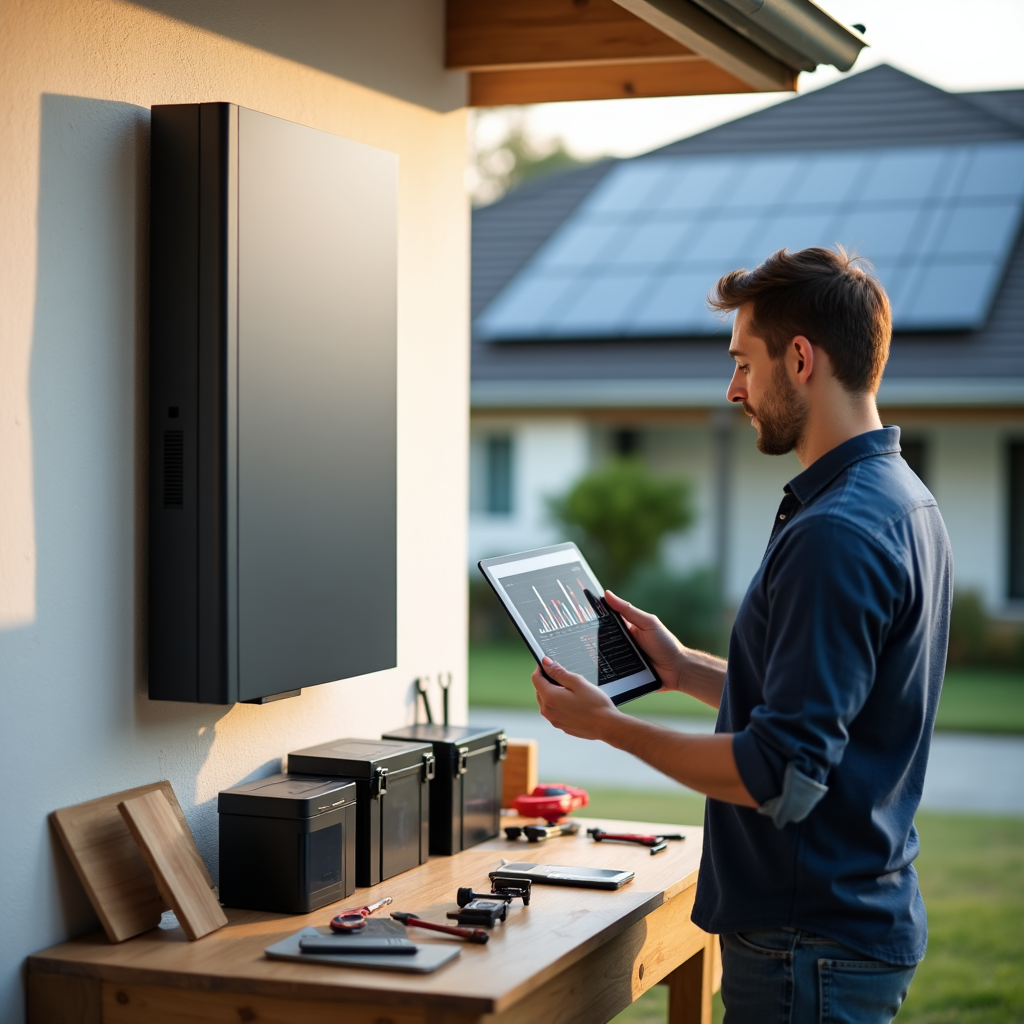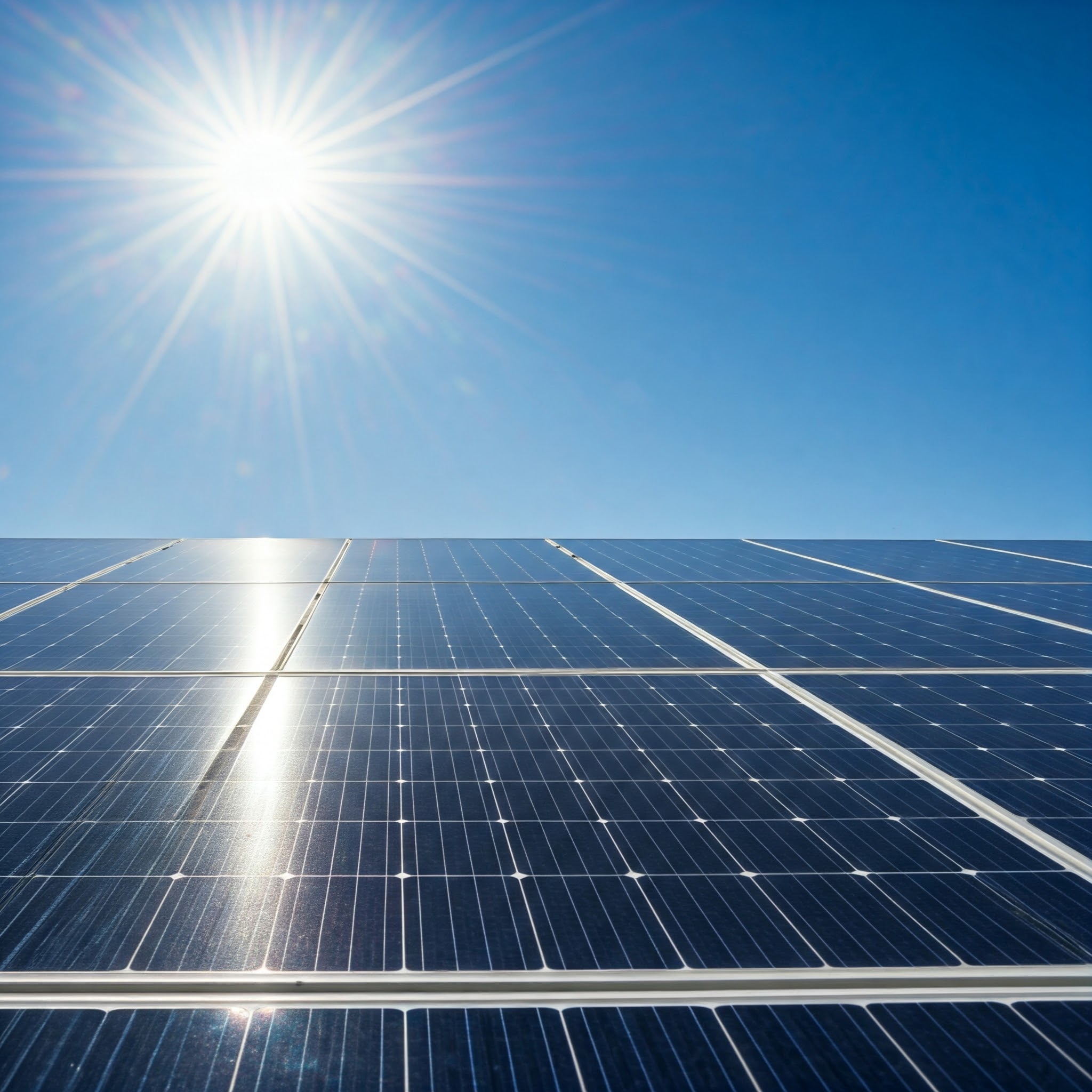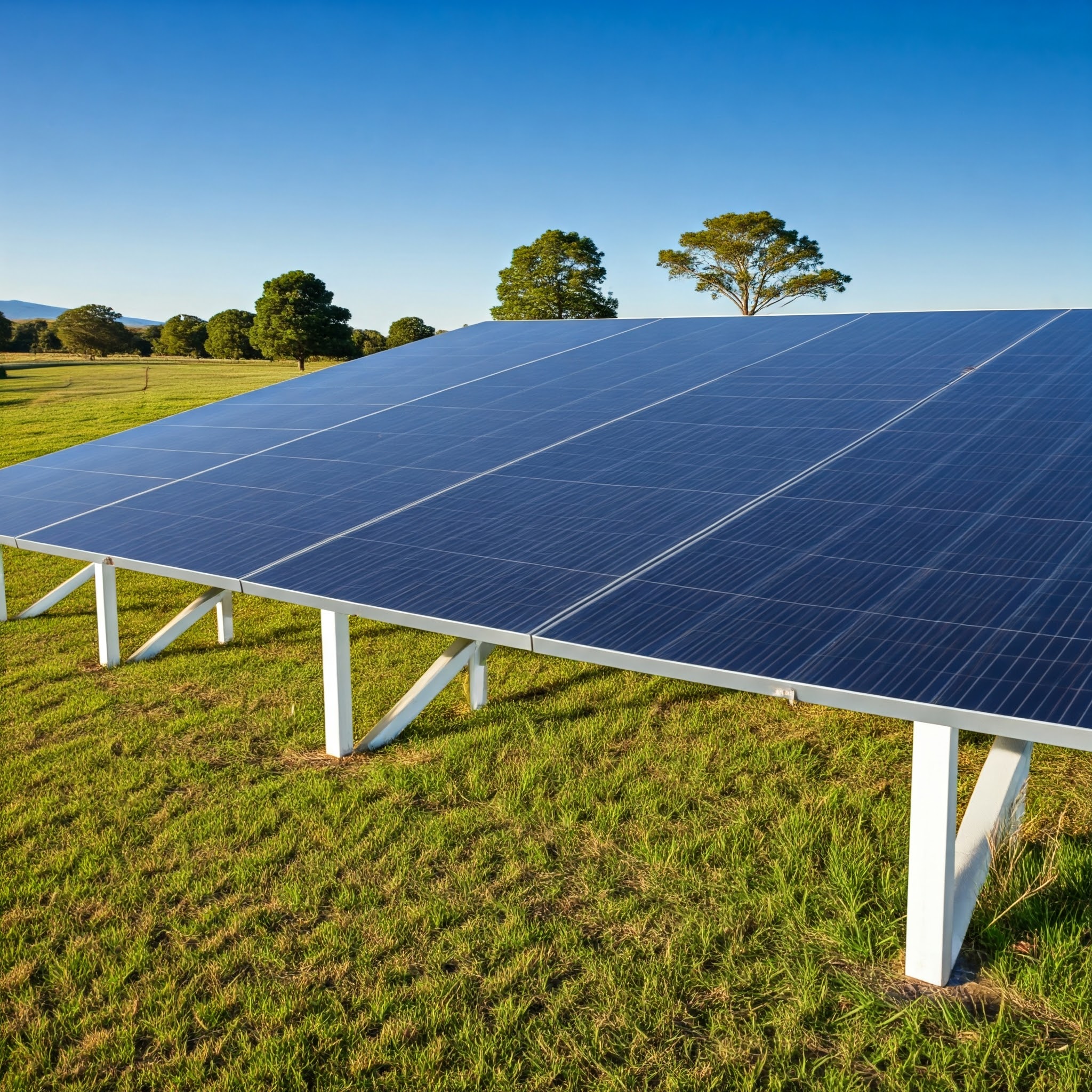Australian households continue to face rising electricity bills, and many families now pay over $500 quarterly for power in 2024. This financial pressure has led numerous homeowners to ask us: “Are solar panels worth it in Australia?”
Solar panel installation costs might seem overwhelming at first. However, our analysis reveals that Australian households can reduce their energy bills by $300-1,200 each year with solar power. Your location, energy usage patterns, and system size determine the actual savings. This detailed piece examines the costs, benefits, and financial returns of solar panel installation in Australia to help you make a well-informed decision about your home’s energy future.
Understanding Solar Panel Costs in 2024
Solar panel costs in 2024 might surprise you. Our market data analysis reveals the real costs and savings you can expect.
Current market prices for different system sizes
Solar system prices in today’s market change based on quality and size. Most Australian homes find a standard 6.6kW system ideal, with prices ranging from AUD 7,644 to AUD 12,996. Larger households need a 10kW system that costs between AUD 12,231 and AUD 19,876.
Here’s what popular system sizes will cost you:
| System Size | Price Range (2024) |
|---|---|
| 5kW | AUD 6,880 – 10,702 |
| 6.6kW | AUD 7,644 – 12,996 |
| 8kW | AUD 11,467 – 16,818 |
Government rebates and incentives
The federal government’s Small-scale Renewable Energy Scheme (SRES) remains the biggest cost-saving factor. This programme can save you about AUD 535 per kW installed. Your rebate value depends on three key factors:
- Your system’s size (up to 100kW)
- Your location’s climate zone
- Installation timing (rebates decrease yearly until 2030)
Installation and additional costs breakdown
The simple system cost isn’t the whole story. You should think over these extra expenses:
- Metre board upgrades: Usually under AUD 152 for simple updates
- System monitoring equipment: AUD 152 to AUD 764 for simple monitoring systems
- Roof repairs or reinforcement: Costs vary based on your roof’s condition
Smart budgeting means adding 10-15% to your base system cost to cover these possible extras. Most installers include standard installation costs in their quoted price, which is good news.
Calculating Real Financial Returns
Let’s get into the actual returns you can expect from your solar investment. Our analysis reveals impressive savings for homeowners in all Australian states.
Average monthly savings by state
Location plays a big role in your financial benefits. Australian households save between $1,223 and $3,057 each year on electricity bills. Your potential savings depend on these usage rates:
| State | Average Usage Rate (c/KWH) |
|---|---|
| South Australia | 35.25 |
| New South Wales | 24.68 |
| Victoria | 22.91 |
| Queensland | 21.68 |
Self-consumption vs feed-in tariffs
The way you use your solar power makes a big difference to your savings. Here’s what we found about getting the best returns:
- Self-consumption saves you 20-40 cents per kWh on grid electricity
- Feed-in tariffs currently range from 7-11 cents per kWh
- Using solar power during generation hours boosts your savings substantially
Long-term ROI projections
The return on investment timeframe looks promising. Most Australian solar systems pay for themselves within 3-5 years. Modern solar panels last over 25 years and deliver consistent energy savings throughout their lifespan.
You can save between $30,579 to $76,449 over a 25-year period. Businesses that install solar save thousands each year, and larger companies see even better results.
System Size and Performance Factors
Our research has found that there was a direct link between choosing the right solar system size and getting the most from your investment. Let’s look at what makes your system perform at its best.
Choosing the right system capacity
Your system size should align with how much electricity you use daily. A typical Australian home solar system has 19 x 350W panels that deliver about 6.65kW under standard conditions. This setup generates between 3.5 kWh and 5 kWh per day for each 1kW of installed capacity.
These factors will help you find the right size:
- Your roof’s sunny area
- How you use electricity now
- Weather patterns in your area
- What you might need later (like charging electric vehicles)
Impact of location and roof orientation
Your panels’ position on the roof makes a big difference in how well they work. Australian homes get the best results from north-facing panels. We’ve learned that panels work better and stay cooler in spots with good airflow.
| Panel Direction | Energy Output |
|---|---|
| North-facing | 99% maximum output |
| East/West-facing | 85% maximum output |
Peak performance periods and efficiency
Solar panels work best between 10 am and 4 pm. Their output changes with the seasons. Summer months can produce twice as much electricity as winter months.
Modern solar panels are about 20% efficient, and this number drops by about 0.5% each year. Direct sunlight helps your panels work at their best. Shade is a big deal as it means that your panels won’t generate as much power.
Making the Investment Decision
Solar panels do more than just lower your energy bills. Our analysis of market data will help you make a smart choice about this investment.
Property value impact
Australian homes with solar installations command higher selling prices. These homes sell for up to 4% more than those without solar panels. The sales process moves faster too – homes with solar panels find buyers up to 20% quicker than regular homes.
The numbers tell an interesting story:
- A 5kW system can boost your home’s value by AUD 44,340
- Homes with better energy efficiency sold for AUD 191,123 more than standard homes
Environmental benefits and carbon reduction
The positive effects of solar power on our environment are significant. A typical Australian home with solar panels cuts carbon emissions by:
| Emission Reduction | Equivalent To |
|---|---|
| 1.3-1.6 tonnes annually | 536 gallons of petrol |
| 39 tonnes over 30 years | 2,365 tree seedlings grown for 10 years |
A switch to solar can reduce your home’s carbon emissions by up to 60%. This makes solar an excellent choice if you want to protect the environment.
Future energy price considerations
Energy prices show promising trends for solar investors despite current market changes. Recent projections suggest electricity prices could fall by 13% throughout Australia by 2034. The transition might vary by region:
- The ACT leads with an expected 31% drop
- Queensland and South Australia should see 15% reductions
- NSW expects about 14% lower prices
- Victoria projects roughly 9% less
Households that switch to full electric power might save up to 70% on total energy costs. This includes potential yearly savings of AUD 3,057 through electric vehicle use.
Conclusion
Australian homeowners can make a smart investment by installing solar panels in 2024. Our detailed analysis shows households save $300-1,200 each year on energy bills. These savings add substantial value to their properties.
The math makes sense. The original costs vary between $6,880 and $19,876 based on system size. Government rebates help reduce this investment substantially. Most homeowners recover their costs in 3-5 years. The systems continue to save money over their 25+ year lifespan.
Solar panels do more than save money. They increase property values by up to 4% and reduce household carbon emissions by 1.3-1.6 tonnes yearly. This environmental impact equals planting 2,365 tree seedlings over ten years. Solar power benefits both your finances and the environment.
Expected electricity price reductions across Australia make solar power even more attractive. Homeowners who switch to all-electric systems can reduce their energy costs by up to 70%. This saving becomes even better when combined with an electric vehicle.
Our research proves that solar panels provide great long-term value to Australian homeowners. Lower bills, environmental benefits, and increased property values make 2024 the perfect time to invest in solar energy.






